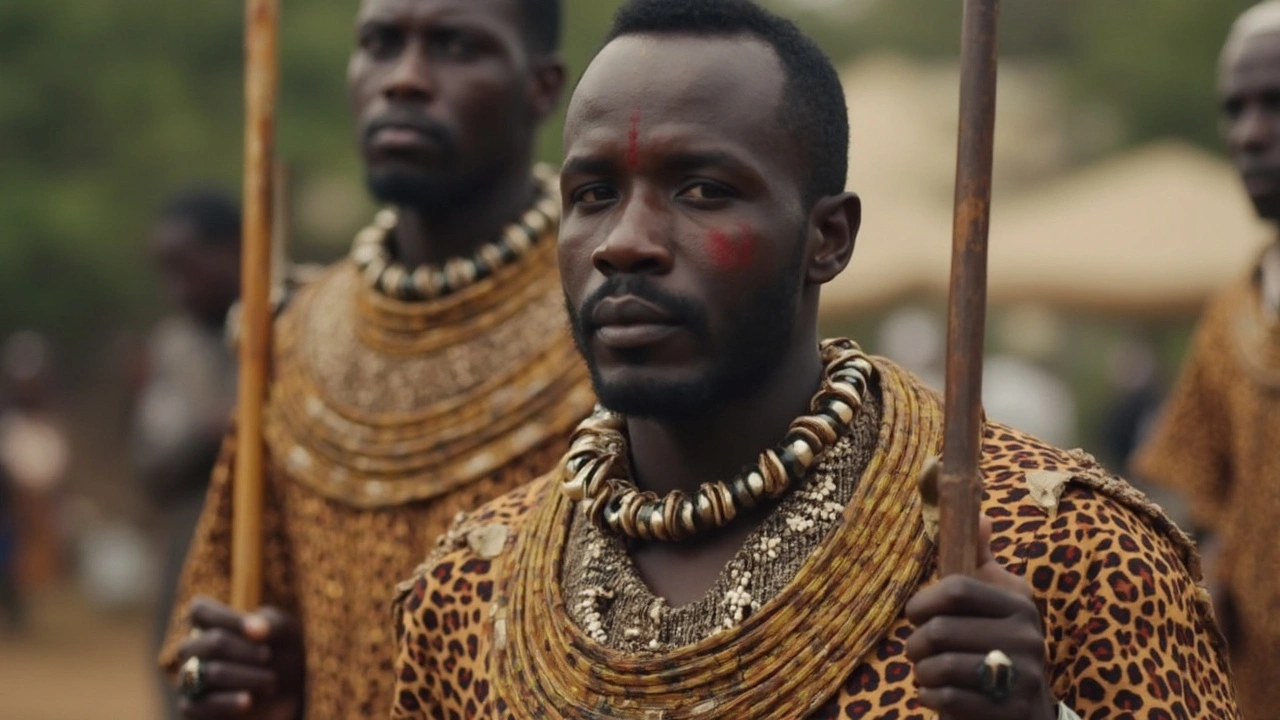Understanding the Ingonyama Trust and Its Role in South Africa
If you've come across the term Ingonyama Trust, you're probably wondering what it actually does and why it matters. Simply put, the Ingonyama Trust is a unique legal entity that holds land primarily in KwaZulu-Natal. Its goal is to manage this land on behalf of the Zulu community and ensure proper use and development while balancing traditional governance with modern needs.
This setup makes the Ingonyama Trust quite different from typical land ownership structures. Instead of individuals owning land outright, the Trust holds it collectively and oversees allocation and use under rules set by the board and guided by the Zulu King.
How the Ingonyama Trust Impacts Local Communities
The impact of the Trust on local people can’t be overstated. Many rural communities in KwaZulu-Natal live on land managed by the Trust. This means that access to land, farming rights, and even residential permits often depend on the Trust's policies. This has led to ongoing discussions about land rights, modernization, and how decisions are made to benefit the communities while respecting tradition.
Interestingly, recent news has brought more attention to this topic as debates continue over land reform and restitution in South Africa. People want clear answers about how ownership works, what rights residents have, and how the Trust can support economic growth or challenge land access disagreements.
What’s Next for the Ingonyama Trust?
Looking ahead, the Ingonyama Trust faces various challenges, from legal battles over property to calls for reform that could reshape how land is governed in KwaZulu-Natal. Understanding these changes is key for anyone interested in South African land policy or local community development. Whether you live there or follow regional news, it's worth keeping an eye on what happens with the Trust because its decisions affect many lives and the future of land use in the province.
So, if you want to stay informed, watch out for updates right here and explore how this Trust fits into the bigger picture of land reform across Africa’s fastest-changing landscapes.

